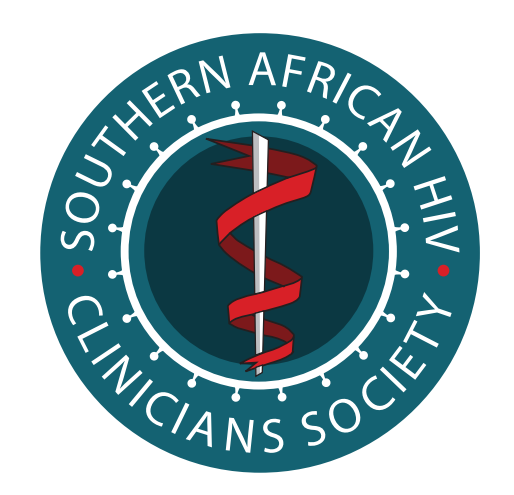Case Report
A case of emmonsiosis in an HIV-infected child
Southern African Journal of HIV Medicine | Vol 16, No 1 | a352 |
DOI: https://doi.org/10.4102/sajhivmed.v16i1.352
| © 2015 Harsha Lochan, Preneshni Naicker, Tsidiso Maphanga, Anthea Ryan, Komala Pillay, Nelesh P. Govender, Brian Eley
| This work is licensed under CC Attribution 4.0
Submitted: 12 January 2015 | Published: 11 June 2015
Submitted: 12 January 2015 | Published: 11 June 2015
About the author(s)
Harsha Lochan, Paediatric Infectious Diseases Unit, Red Cross War Memorial Children’s Hospital, South Africa; Department of Paediatrics and Child Health, University of Cape Town, South AfricaPreneshni Naicker, National Health Laboratory Service, Groote Schuur Hospital, South Africa; Division of Clinical Microbiology, University of Cape Town, South Africa
Tsidiso Maphanga, National Institute for Communicable Diseases: Centre for Opportunistic, Tropical and Hospital Infections, National Health Laboratory Service,, South Africa
Anthea Ryan, National Health Laboratory Service, Groote Schuur Hospital, South Africa; Division of Clinical Microbiology, University of Cape Town, South Africa
Komala Pillay, Department of Anatomical Pathology, Red Cross War Memorial Children’s Hospital, South Africa; Division of Anatomical Pathology, University of Cape Town, South Africa
Nelesh P. Govender, National Institute for Communicable Diseases: Centre for Opportunistic, Tropical and Hospital Infections, National Health Laboratory Service, South Africa
Brian Eley, Paediatric Infectious Diseases Unit, Red Cross War Memorial Children’s Hospital, South Africa; Department of Paediatrics and Child Health, University of Cape Town, South Africa
Abstract
Opportunistic fungal infections can cause significant morbidity and mortality in immunocompromised patients. We describe a paediatric case of an unusual disseminated fungal infection. A three-year-old HIV-infected child with severe immunosuppression (CD4+ T-cell count 12 × 106 /L) was admitted to hospital with pneumonia, gastroenteritis and herpes gingivostomatitis. Despite antibacterial and antiviral therapy, he experienced high fevers and developed an erythematous maculopapular rash and abdominal tenderness. The child’s condition progressively worsened during the admission. A thermally dimorphic fungus was cultured from bone marrow and identified as an Emmonsia species on DNA sequencing. The patient made a good recovery on amphotericin B deoxycholate and antiretroviral therapy. Itraconazole was continued for a minimum of 12 months, allowing for immune reconstitution to occur. This case is the first documented description of disseminated disease caused by a novel Emmonsia species in an HIV-infected child in South Africa.
Keywords
HIV, Paediatrics, Opportunistic infection
Metrics
Total abstract views: 4942Total article views: 7830
Crossref Citations
1. Emergomycosis, an Emerging Thermally Dimorphic Fungal Infection: A Systematic Review
Kalaiselvi Vinayagamoorthy, Dinesh Reddy Gangavaram, Anna Skiada, Hariprasath Prakash
Journal of Fungi vol: 9 issue: 10 first page: 1039 year: 2023
doi: 10.3390/jof9101039
